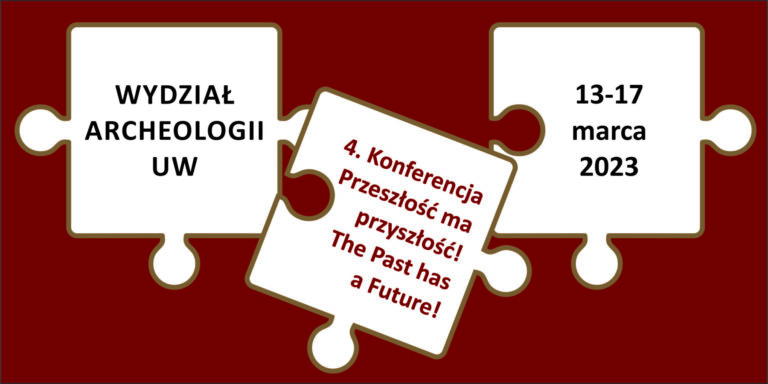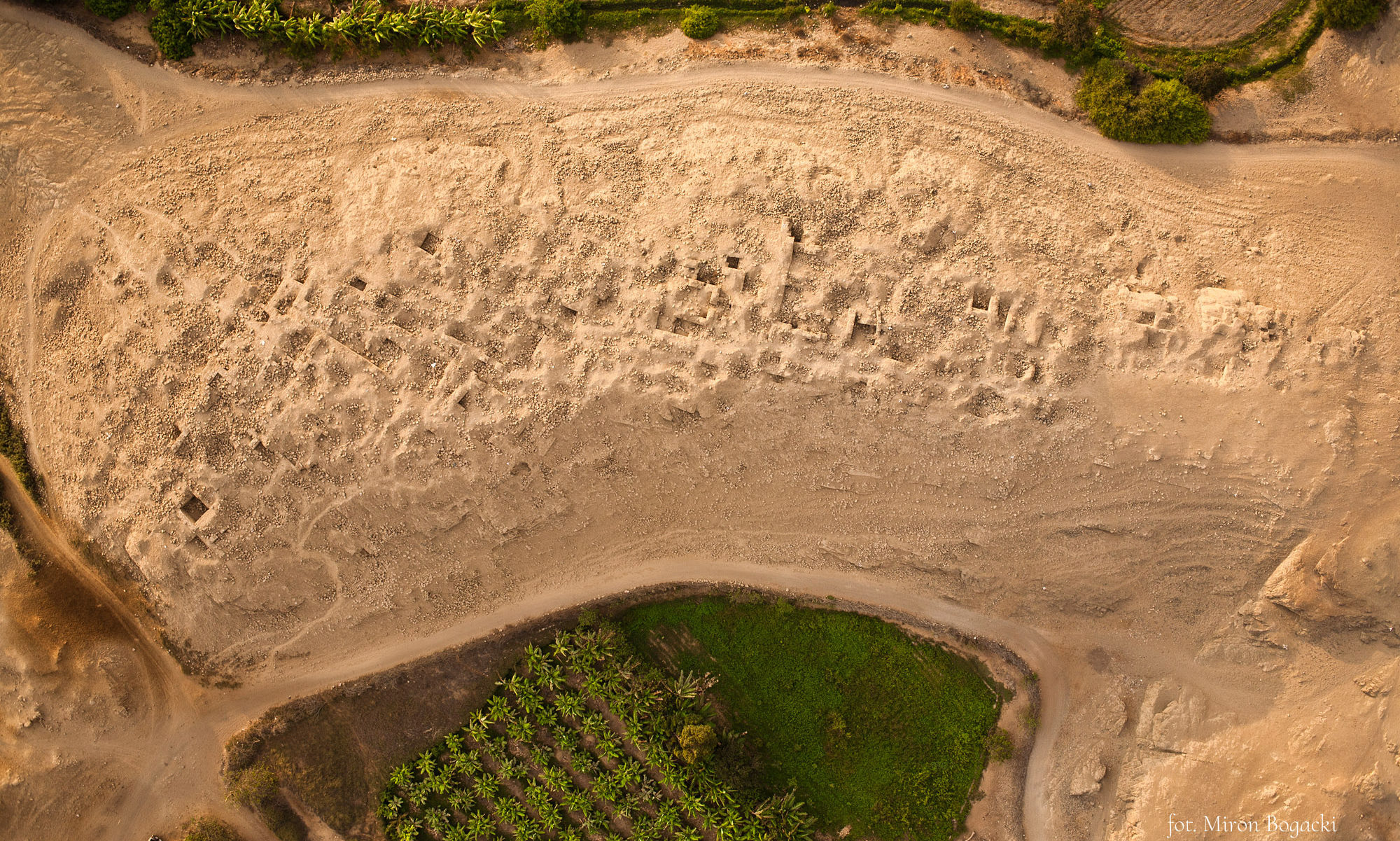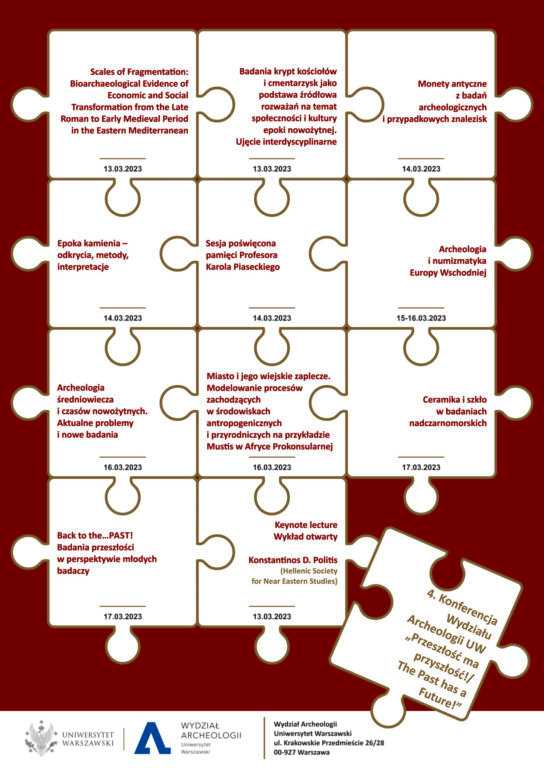
Ladies and Gentlemen, Dear Colleagues!
We invite you to participate in the 4th Conference of the Faculty of Archaeology ‘Przeszłość ma przyszłość!/ The Past Has a Future!’, which will take place at the Faculty of Archaeology, University of Warsaw (Poland) on March 13th-17th, 2023.
As in previous years, it is planned to be both an international and a national event. We encourage you to organise one- or two-day sessions and workshops, in-person or online (ZOOM application). We would like to remind you that papers should be problem-oriented (20 min).
A poster session will be provided for research or project reports, especially those conducted by PhD students and grant recipients at the Faculty of Archaeology at the University of Warsaw.
Please send any questions to the e-mail address: wauw_1@uw.edu.pl.
Organisers
Karolina Blusiewicz, Michał Przeździecki, and Marcin Wagner
The conference was co-financed by IDUB

KEYNOTE LECTURE
13.03.2023 (Monday), 6:00 PM
Konstantinos D. Politis (Hellenic Society for Near Eastern Studies)
The Realities of Antiquities of the Dead Sea Littoral Today and their Future
Near the shores of the Dead Sea are some of the world’s oldest human settlements dating back to over 13,000 years ago. They also attest to people inhabiting the region hundreds of thousand years ago. But perhaps it is best known for its biblical accounts. However, locals today do not always identify with these ancient cultures, resulting in their exploitation and often even destruction. The economics of contemporary tourism, on the other hand, may be a means to preserve this complex heritage. This lecture will examine the particular circumstances of archaeological remains on the Dead Sea littoral.
Biblical Jericho at Tell es-Sultan, Roman Kallirohe at ’Ain ez-Zara, Qumran and ’Ain Jedi and have been known for decades. Others though, such as, Neolithic and Bronze Age edh-Drah‘ and An Naq‘, Iron Age Tuleilat Qasr Mousa Hamid, Roman Khirbet Mazen, Mahoza at Haditha and Khirbet Qazone, and Byzantine Zoara at Ghor as-Safi have only come to light recently. Unfortunately some of these were discovered first by underprivileged people in search of sellable treasures who consequently looted and sold them on antiquities markets. Typical examples are the ‘Dead Sea Scrolls’ found at around Qumran in the 1940s and more recently inscribed funerary stelae from Zoara. Archaeologists have had some success in identifying the provenance of these antiquities and conducted scientific investigations in order to understand their histories. Furthermore, establishing local museums and conducting outreach programmes have help to enhance local identities in order to appreciate their inherited past.
For more information on all sessions, see the Polish website of the conference =>


